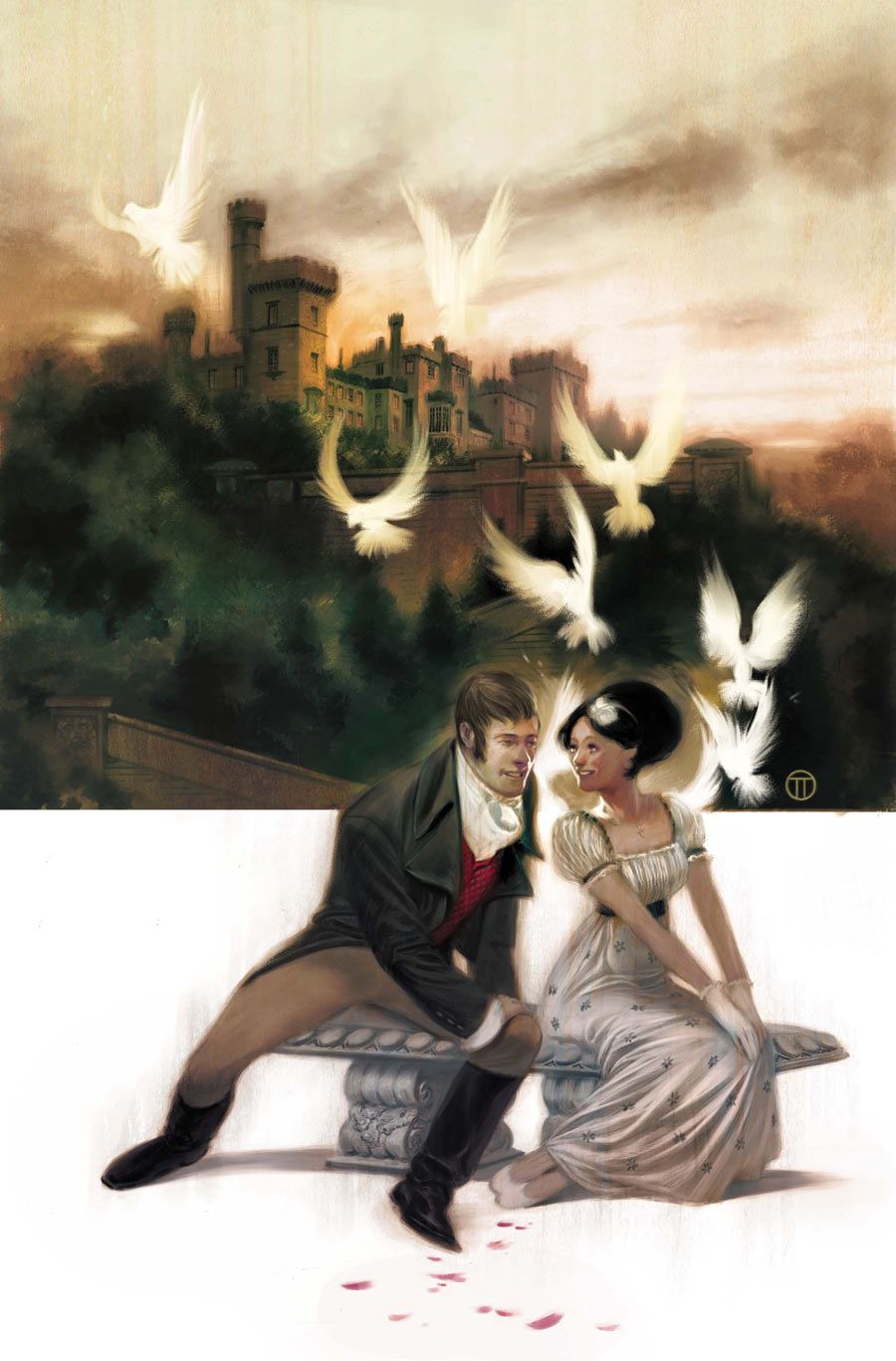
Austen constantly emphasizes that this story is not a sappy Gothic romance “Feelings rather natural than heroic” (89) are what characterize Catherine.Īside from adding a good deal of humor to the story and introducing the theme of reality versus fiction, Austen’s complex Gothic satire actually draws attention to the fact that Northanger Abbey itself is a work of fiction. seemed rather consistent with the common feelings of common life” (20). When it’s time for Catherine to leave her family and travel to Bath, her mother doesn’t anxiously overwhelm her with dire warnings about powerful men who might snatch her away in the middle of the night, her sister doesn’t tearfully implore her to write as often as possible, her father doesn’t solemnly hand her all the money he owns rather, “Every thing.

Austen continues to weave this satire of the Gothic novel throughout Northanger Abbey, often by ironically pointing out the ways her own novel “falls short” of classic stereotypes while emphasizing her characters' realistic, relatable actions and emotions. Radcliffe’s novels (102)-rather, she gently laughs at Catherine’s, and perhaps the reader’s, initial naive conflation of Gothic drama with the actual happenings of everyday life. Austen does not purely condemn the Gothic genre-after all, the sophisticated, witty hero Henry Tilney has proudly read and enjoyed nearly every one of Mrs.

almost pretty” (16-17), and her comparatively uneventful life are unlike those of the ravishing beauties and melodramatic horror scenes in her favorite novels. Throughout the novel, Austen constructs many parallels between reading books and reading real life to illustrate that truth and fiction are often tied together within the same package mature readers must be able to look beyond surface appearances and discern the difference.Īusten famously skewers Gothic romance tropes throughout Northanger Abbey, humorously pointing out the ways normal, realistic Catherine, described in blunt terms as “often inattentive. In many ways, Northanger Abbey is about Catherine’s journey to becoming a mature reader, both of books and the world around her. Their various reading styles capture the different ways they approach life, shaping our understanding of who they are, particularly in the case of Austen's heroine, Catherine Morland. Throughout the novel, Austen closely identifies the way her characters read books with the way they “read” the real world.

For Austen’s characters, “living in the world involves the reading of people, behaviour, dress and conversation as well as of books” (Butler xvi).

In Northanger Abbey, Jane Austen makes extensive use of references to books and reading.


 0 kommentar(er)
0 kommentar(er)
